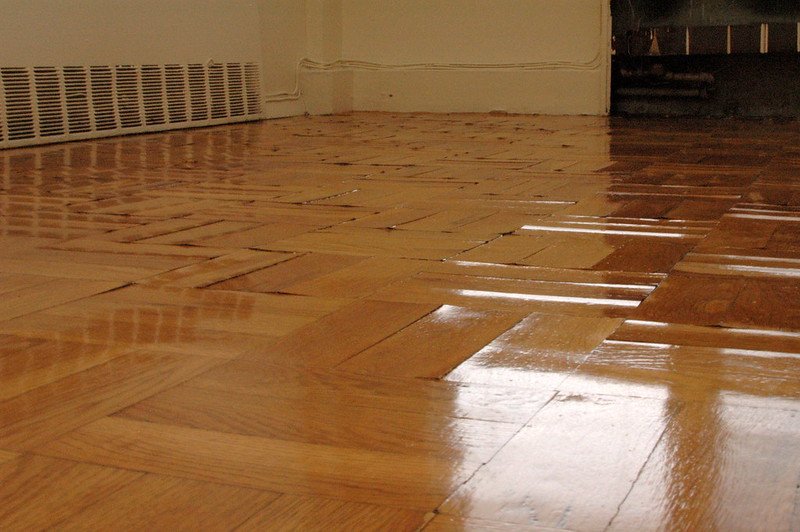Table of Contents Show
Water damage scenarios can occur whenever any hygroscopic surface meets moisture, the time of the exposure will dictate how bad the damage is. In general, there are two major distinctions between water damage types, those from clear water sources like pipes, and unclean water sources like the ones from rain, sewage, or flooding.

Here’s What You Should Do If You Notice Water Damage
The art of water damage restoration is directly linked to the early detection of said damage. Since sometimes it’s not clear that it has occurred, it can be hard to detect it which promotes decomposition, the rot of wood, and the accumulation of mold and mildew. Here’s what you need to do to deal with water damage.
Restoring Damage Properties – The Necessary Steps
The first thing that needs to occur is the detection of water damage. It can be obvious, like droplets on a ceiling, pickling of drywall, wallpaper peeling off, or even wet spots on surfaces.
Sometimes it can be difficult to notice simply because it’s not readily available to detect with eyesight, this is why property owners should do regular maintenance on plumbing and roofs.
Detecting Water Damage
As we’ve mentioned above, detection is the first step, but it’s not always easy to know. In those cases, the chances of deeper water damage are increased, leading to a greater need for restoration.
One sure way of detecting water damage is if you know the vulnerable spots of the property, i.e. if you are aware of any previous issues with the roof, plumbing, foundations, windows, and so forth. These are your to-go places whenever a water damage scenario occurs like a rainstorm of below-freezing temperatures during winter.
Read Also:
Fixing the Source
No water damage can occur if there’s no source of unregulated water exposure, like a well-maintained plumbing system or a properly installed roof. If there’s an issue at any of these points, your second step is to reduce the amount of exposure to water.
Fixing roofs and plumbing is mandatory in order to mitigate the damage and reduce further expenses. Either DIY or use contractors who can deal with the issues in a timely manner.
Dehumidification of Affected Areas
You can’t deal with water damage properly unless you remove the water itself. Even after fully extracted, water can cause lasting damage by compromising structural parts of the property like wooden beams or struts.
Dehumidification is required and it can take the form of the usage of dehumidifiers, increase airflow, or water pumps. The more you dehumidify the less moisture will be left for mold and mildew to use for their colonies, so this is your primary concern after patching up any water damage sources.
Replacing Damaged Structures and Elements
This step could take the form of fully replacing damaged structures or it can take the place of water damage restoration. In the scenario of pooled water on a wooden floor surface, you could experience wood warping, expansion, and contraction, so wherever you cannot restore, you need to replace it.
Wood, drywall, and wallpapers are some of the most vulnerable pieces of a property since they rarely provide any water resistance.
Drywall that has experienced water damage will lose a lot of its strength and provide little to no resistance to gravity – spaces, where screws have been inserted, are especially vulnerable since they can provide refuge for moisture. This is definitely a job best left for professionals, so if your home does need this type of work done, you want to get in touch with a company that has experience in drywall repair in Houston.
Your goal is to replace what cannot be restored and restore what has not experienced a dramatic change in the structure of visual properties.
Humidity Testing of Surfaces and Air
One of the biggest issues with humidity is that it’s not always obvious since it can be contained in a small location like inside a wooden structure hidden behind a wall.
For this step a humidity tester for surfaces is required, it’s also advisable to have an air humidity tester – any values above 40% humidity are abnormal and should be treated as potential water damage.
We hope this quick guide has been a source of helpful information for you, remember to be safe and thorough.









